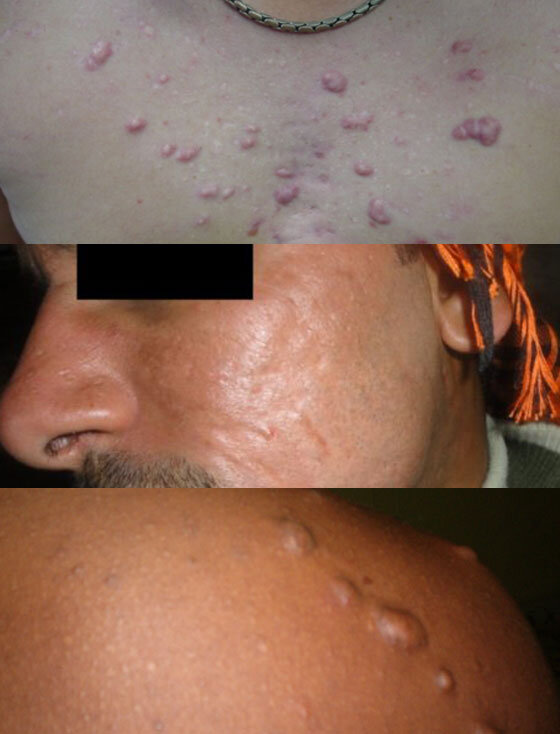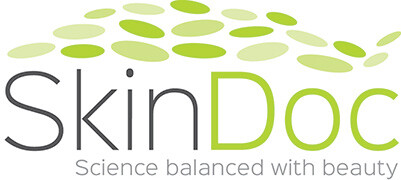Two surgical procedures can be done to improve the appearance of acne scars.
- Subcision
- Punch excision
Subcision
In this procedure the aim is to elevate the depressed scars by introducing a sharp needle beneath the scar that break the fibrous adhesions tethering down the scar. This leads to lifting of the skin at the base of the scar. The procedure leads to collagen deposition in the dermis. In depressed scars, subcision is mainly useful for rolling scars that are distensible with gentle sloping edges. It is less effective for ice pick or boxcar scar where it is best combined with other modalities. Local anaesthetic gel or infiltration are often given prior to the procedure. For obtain the best results the procedure is often repeated every 2-4 weeks until optimal results are reached.
Subcision is a safe cost-effective treatment for acne scarring. Complications are rare. Bruising and swelling are common post-operative side effects. Bruising can last up to 2 weeks.
Punch Excision
This type of surgery involves using an circular sharp instrument which is commonly used in skin biopsies to remove deep punched out or boxcar scars.
If the surface texture of the scar is relatively normal punch elevation can be done where the base of the scar which was originally part of the epidermis is elevated back to its normal position.
If the surface texture is abnormal punch excision may be following by punch grafting.
If the scar is wider than 3.5mm in diameter punch excision followed by suturing is done.
Punch excision is then followed by laser resurfacing. It is advisable in the management of deep scars that are unlikely to improve significantly with laser resurfacing on its own.

